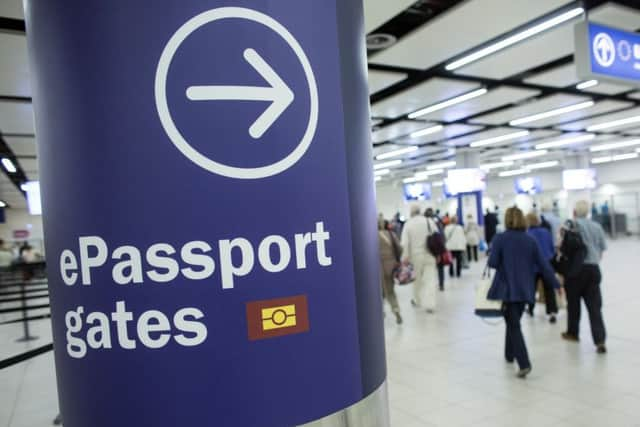Some Scots communities might ‘no longer exist’ under migration cuts
Members of the Scottish Government’s independent advisory group on migration gave evidence to Holyrood’s external affairs committee.
In a report in February, the group suggested the UK Government’s immigration plans could cut workers in Scotland by up to 5 per cent in the next two decades.


Advertisement
Hide AdAdvertisement
Hide AdIt said attracting working-age migrants to remote rural areas and islands is the only realistic option to “prevent a downward demographic spiral”.
Committee member Kenneth Gibson asked: “Does this mean that this could actually affect the long-term sustainability of some communities, that some communities might not still be here not be in ten or 20 years?
“I don’t want to sound alarmist, but if this is implemented, what are your fears on that and what is your prognosis?”
Professor Rebecca Kay said: “I think that is exactly what it means. There are areas where not only the only current contributor to local population growth, but the only possible contributor to local population growth is in-migration of people of reproductive age.
“The local population is so damaged by out-migration, the ageing structure of the population is such that it’s not possible for the birth rate to exceed the death rate in those areas.”
She said public services could be damaged by tighter immigration controls which could lead to locally-born people leaving “because the hospital closes or the school closes”.
Mr Gibson said he recently met Arran Development Trust members, who raised concerns about forecast drops in the island’s working age population.
He said: “They believe the working age population will shrink in Arran by 47 per cent in the next six years alone because there so many people in their 50s who are retiring.
Advertisement
Hide AdAdvertisement
Hide Ad“We’re already having difficulty delivering, for example, care packages for older people on the island and sustaining a lot of everyday services, so it is a real concern for me.”
Ms Kay said it was not solely an issue for communities in marginal areas, adding: “It’s significant for significant numbers of Scottish local areas.”
Fellow advisory group member Professor David Bell said: “It’s true too, however, that migration on its own won’t solve this problem, but nevertheless it will contribute to the solution.”
Referring to her own research, Ms Kay said there are “big questions there if migration is a long-term answer because migrants also aspire, for example, for their children to leave”.
The UK Government’s immigration White Paper proposes a single UK-wide immigration system ending freedom of movement, allowing visas for skilled workers sponsored by an employer and meeting a minimum salary, with a recommended level of £30,000.
A 12-month visa “transitional” route would be developed for short-term workers with no skill requirement, restricted to certain countries.
The advisory group report highlighted an estimated 63 per cent of workers in Scotland earn below £30,000 and said the plans could cut net migration to Scotland by between one third and one half after 2020.
